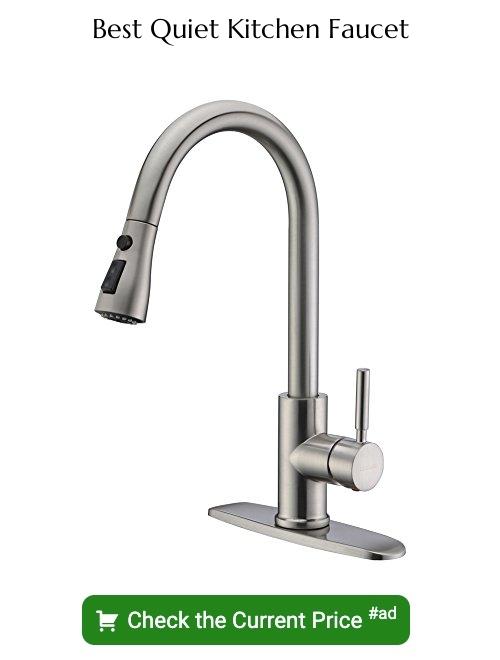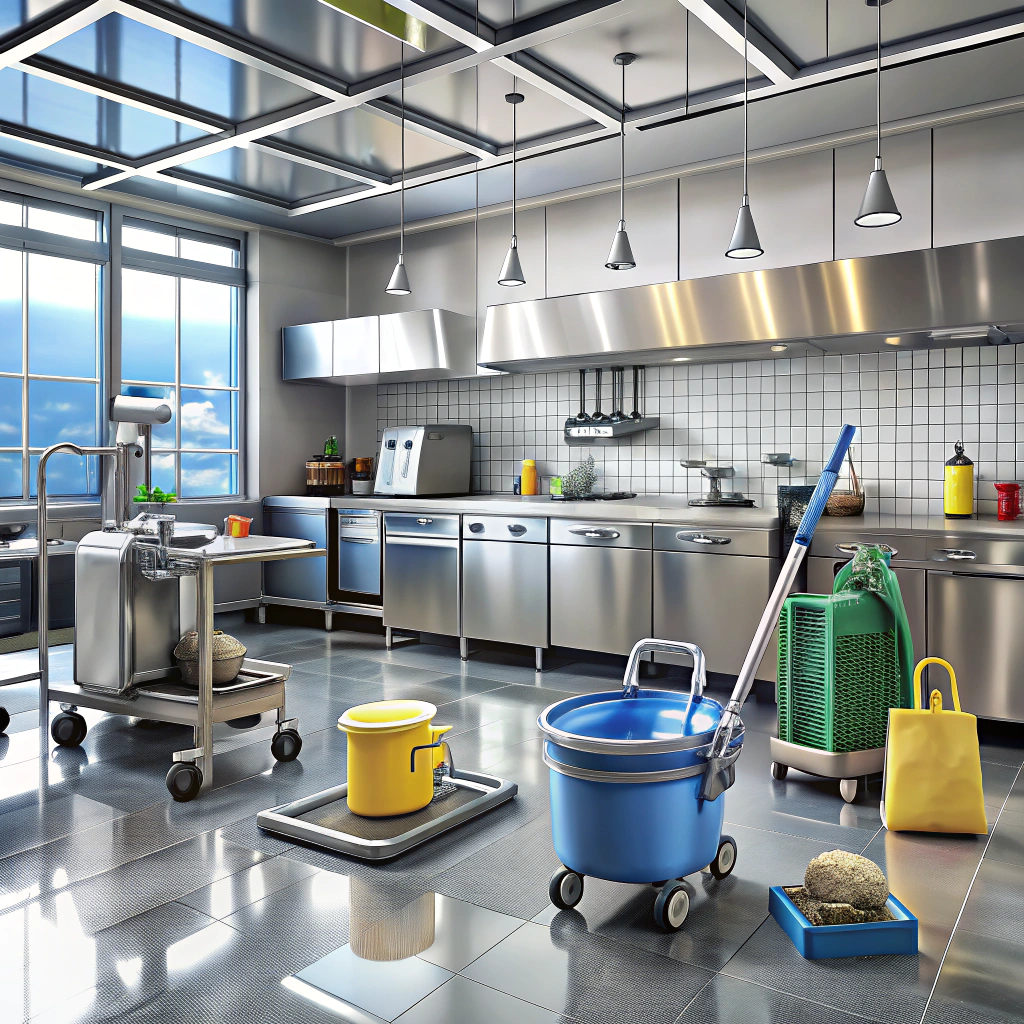Last updated on
Discover the common causes behind that annoying whistling sound coming from your kitchen faucet and how to fix it in this comprehensive guide.
Have you ever been washing dishes or filling up a pot of water in your kitchen sink, only to be interrupted by an annoying high-pitched whistle coming from your faucet? It’s enough to make anyone want to rip the faucet out and replace it with a new one. But before you go down that road, let’s take a closer look at why your kitchen faucet might be whistling in the first place.
In this article, we’ll explore some common causes of faucet whistling and what you can do to fix it. So grab a cup of coffee and let’s dive in!
Key takeaways:
- High water pressure causes a whistling sound in faucets.
- Faulty plumbing components can vibrate and produce noise.
- Debris buildup or damage in the aerator can cause whistle sounds.
- Pipe obstructions restrict flow and create vibrations that lead to noise.
- Call a professional plumber if DIY fixes don’t work.
What's Inside
Faucet Whistle Causes
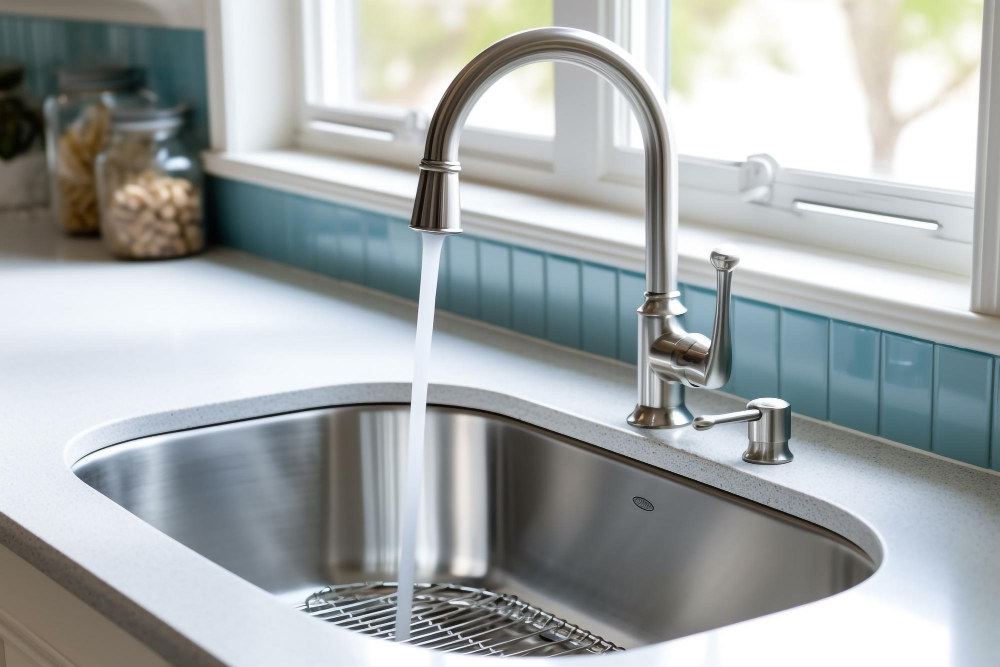
One of the most common causes is water pressure issues. If the water pressure in your home is too high, it can cause a whistling sound to come from your faucet when you turn it on.
Another possible cause of a whistling faucet is faulty plumbing components. Over time, parts like washers and valves can become worn or damaged, causing them to vibrate and produce noise.
Aerator problems are also known to create whistle sounds in faucets. The aerator at the end of your spout helps regulate water flow by mixing air with the stream but if there’s debris buildup or damage within this component then you may hear an annoying whistle sound coming from it.
In some cases, pipe obstructions could be responsible for creating that irritating noise as well; these blockages restrict proper flow which leads to vibrations that result in loud noises emanating from pipes connected directly into faucets.
Water Pressure Issues
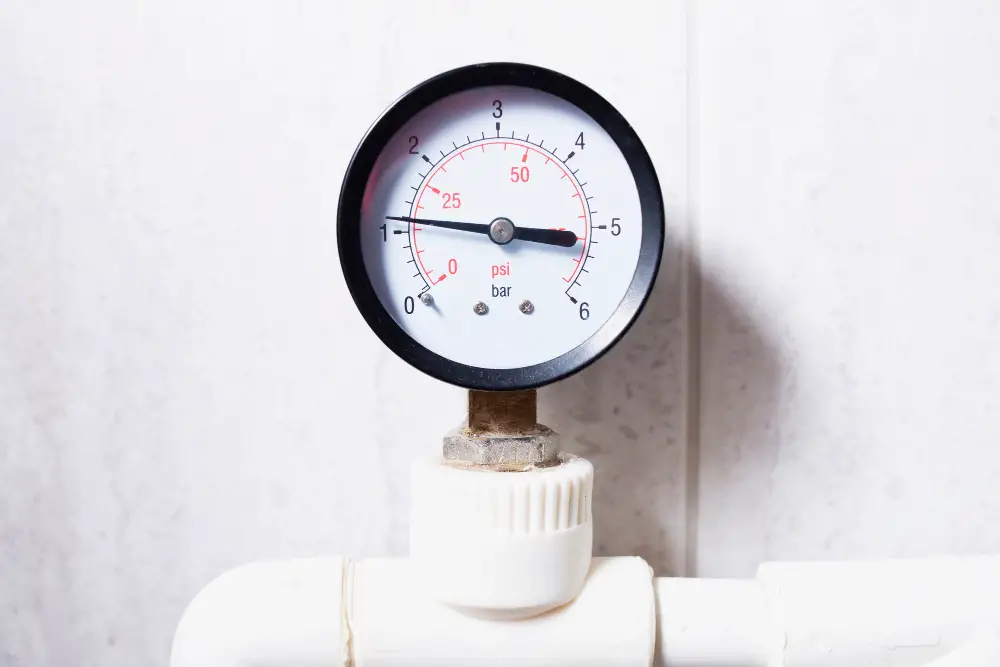
If your home’s water pressure is too high, it can cause the water to rush through your pipes and out of your faucet at an excessive rate, creating that annoying whistle sound. To determine if this is the issue, you’ll need to test your home’s water pressure using a gauge.
If you find that your home’s water pressure exceeds 80 psi (pounds per square inch), then it may be time to install a regulator valve or adjust an existing one. A regulator valve will help regulate and reduce the amount of incoming high-pressure flow from entering into household plumbing systems.
In some cases, low-water pressures can also lead to whistling faucets due to air getting trapped in pipes when there isn’t enough force behind them. This problem often occurs in homes with older plumbing systems or those located on higher floors where gravity doesn’t provide enough force for proper drainage.
Faulty Plumbing Components
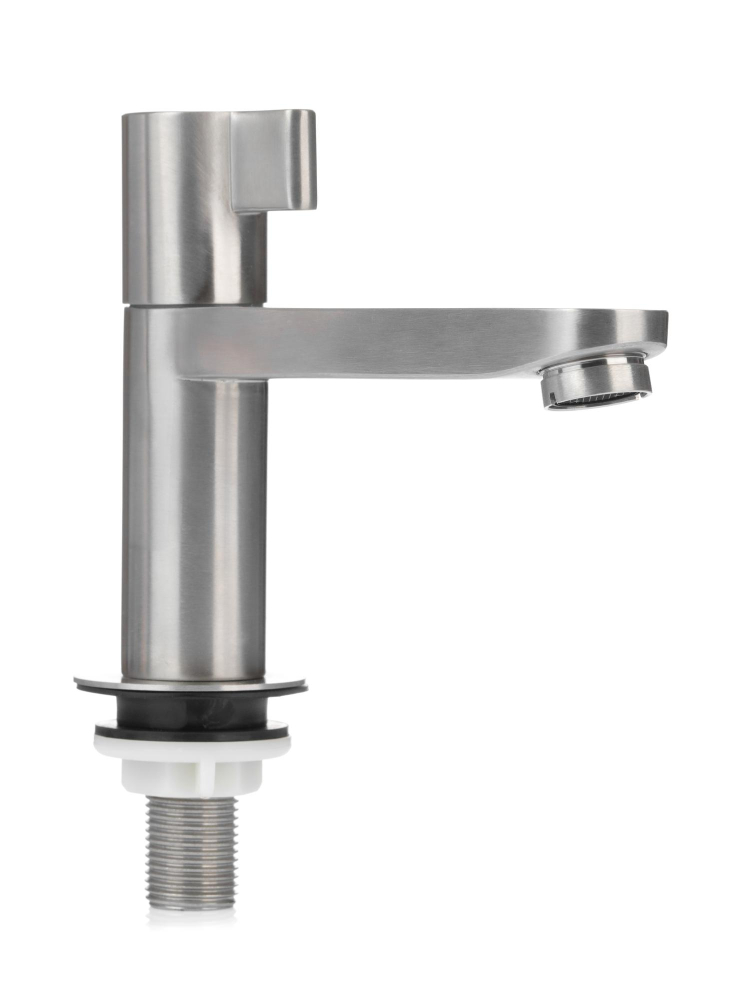
Over time, the various parts that make up your kitchen faucet can wear out or become damaged, leading to a range of issues including leaks and strange noises. If you suspect that your faucet’s whistling sound is due to a faulty component, it’s important to identify which part needs replacing so you can fix the problem quickly.
One possible culprit could be the diverter valve – this controls water flow between different outlets in your sink (such as between the spout and sprayer). A worn-out or malfunctioning diverter valve may cause air pockets in your pipes which lead to whistling sounds.
Alternatively, if there are any loose connections within your plumbing system (such as at joints), this could also create vibrations that result in noise. In some cases, these vibrations may even loosen other parts over time causing further damage.
Aerator Problems
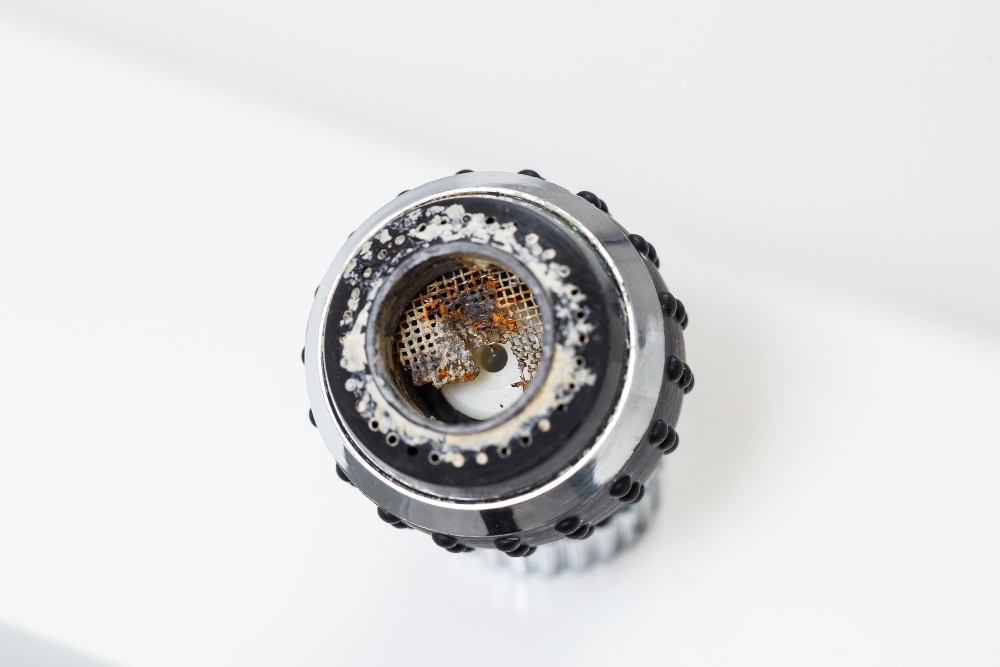
The aerator is a small device located at the end of your faucet that mixes air into the water flow, reducing splashing and conserving water. Over time, mineral deposits can build up in the aerator, causing it to become clogged or damaged.
If you suspect that your kitchen faucet’s whistle might be due to an issue with its aerator, try removing it and cleaning out any debris or buildup inside. You can do this by unscrewing the end cap of your faucet (where water comes out) and gently pulling out the mesh screen underneath.
Once you’ve removed any visible debris from inside your kitchen sink’s aerator, reassemble everything carefully before turning on your tap again.
Aerator Issues and Fixes
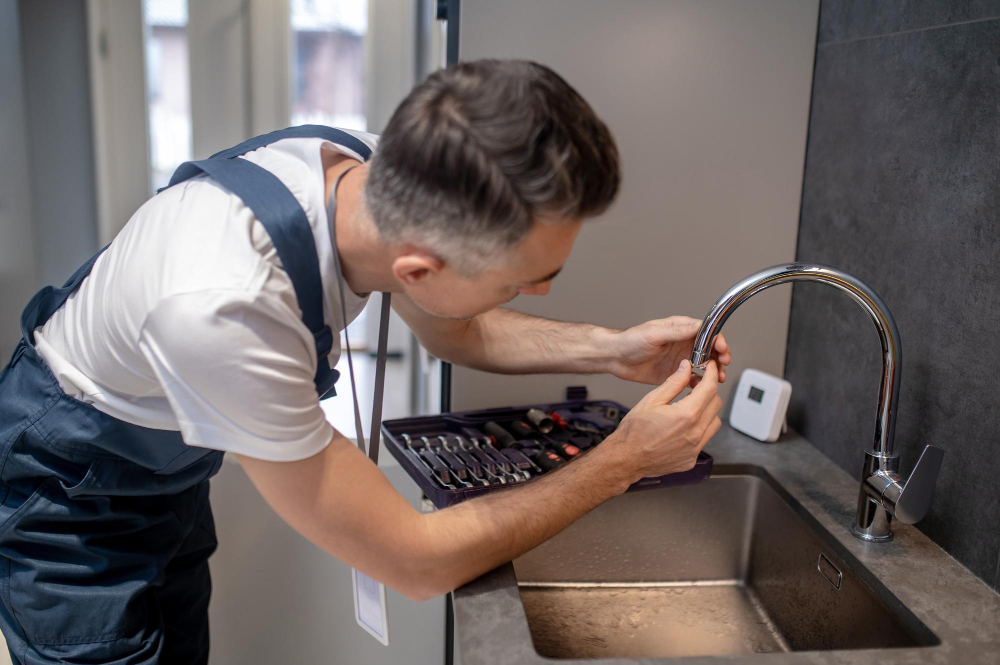
The aerator is a small device located at the end of your faucet that mixes air with water to reduce splashing and conserve water usage. Over time, mineral buildup can accumulate in the aerator, causing it to become clogged or damaged.
To fix this problem, you’ll need to remove the aerator from your faucet using pliers or a wrench. Once removed, soak it in vinegar for several hours to dissolve any mineral deposits that may be causing blockages.
After soaking, rinse thoroughly with warm water before reattaching it back onto your faucet.
If cleaning doesn’t solve the problem and you notice damage on your old one during inspection (such as cracks), consider replacing it altogether instead of trying another repair attempt which might not work out well either way.
Damaged Washer or Valve
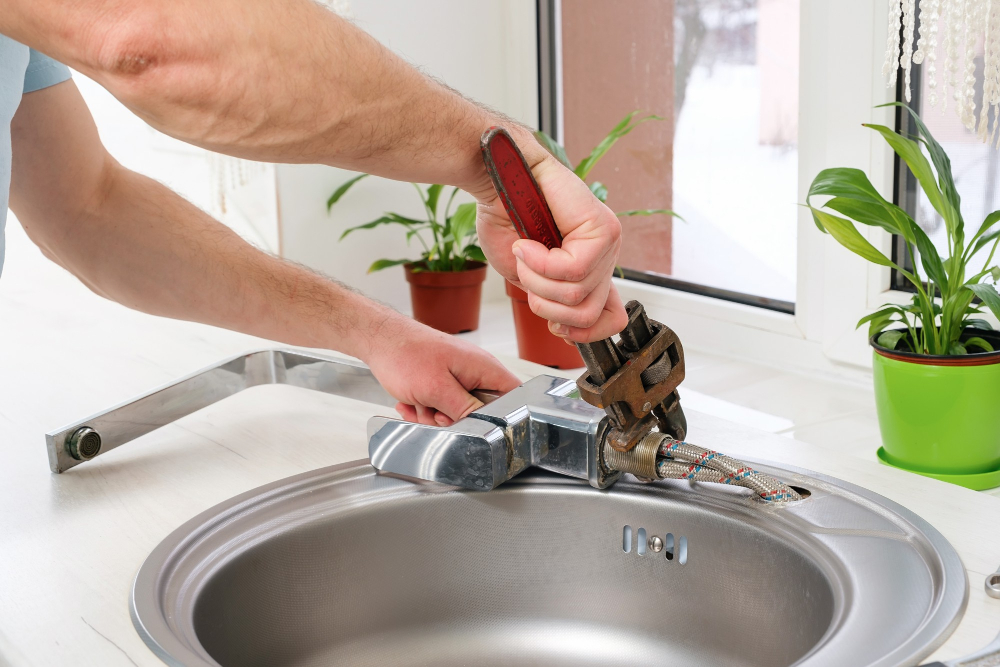
Over time, the rubber washers and valves inside your faucet can wear down or become damaged, causing water to flow through them unevenly and creating that annoying whistle sound.
To fix this issue, you’ll need to disassemble your faucet and replace any worn-out parts. This process can be tricky if you’re not familiar with plumbing repairs, so it’s important to follow manufacturer instructions carefully or seek help from a professional plumber.
If you’re feeling confident in your DIY skills, start by turning off the water supply under the sink and removing any decorative caps on top of the handle screws. Use an Allen wrench or screwdriver (depending on your model) to remove these screws before pulling off the handle itself.
Next, use pliers to unscrew any retaining nuts holding in place components like cartridges or stems before removing them entirely from their housing units. Inspect each part for damage before replacing anything that looks worn out with new ones purchased at a hardware store.
Washer-related Problems and Solutions
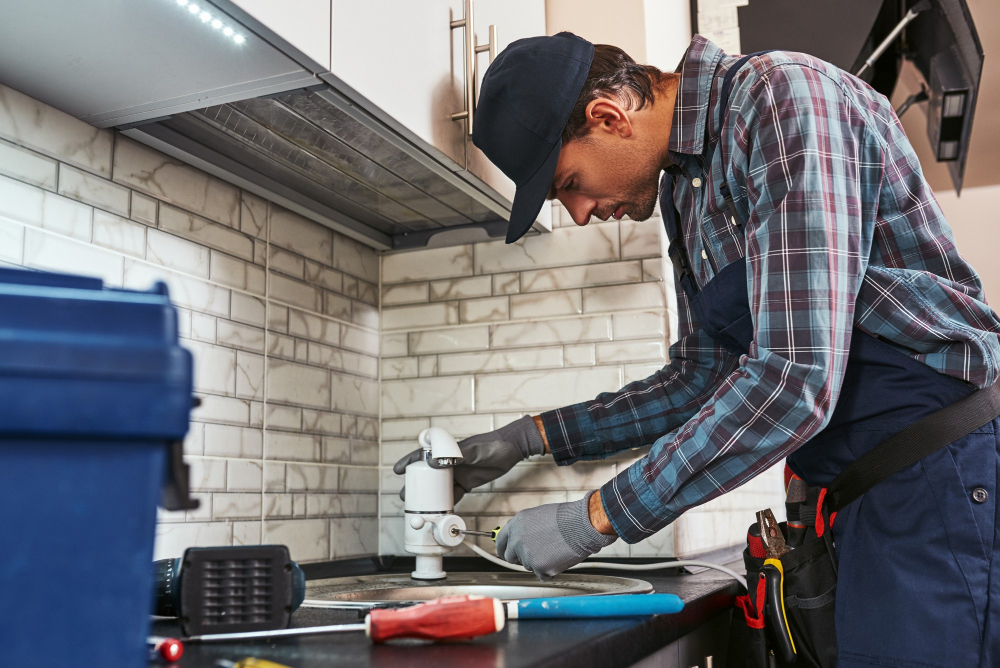
Over time, washers can become worn or damaged, causing them to vibrate and produce a high-pitched noise. If you suspect that your washer is the culprit behind your faucet’s whistle, it’s important to address the issue as soon as possible.
Fortunately, fixing a washer-related problem is often a simple process that can be done at home with just a few basic tools. To start with, turn off the water supply to your sink and remove the handle from your faucet using an Allen wrench or screwdriver.
Next up is removing any decorative caps covering screws on top of handles (if present). Once removed unscrew these screws and lift off each handle carefully.
Then use pliers or an adjustable wrench to loosen and remove the packing nut located directly beneath each handle. This will give you access to both sides of the valve stem where washers are located.
Inspect both sides for signs of wear or damage; if they look worn out replace them immediately by taking them out using pliers then inserting new ones in their place before reassembling everything back together again in reverse order starting from step one above until completion!
Plumbing Valve Concerns
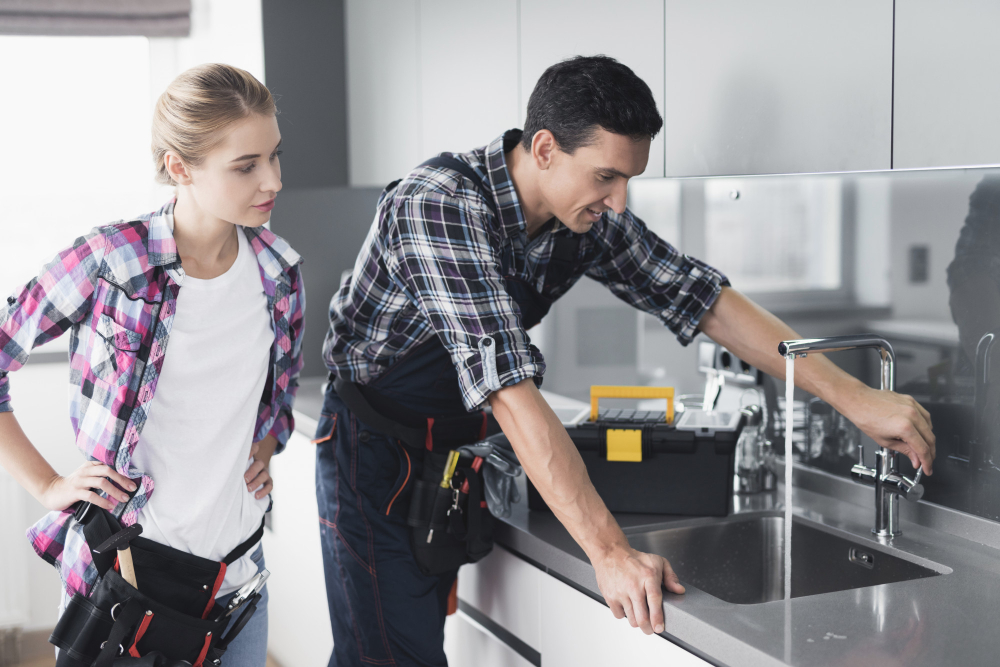
The valve controls the flow of water through your pipes and can become damaged or worn over time, leading to leaks and other issues that can cause your faucet to whistle.
If you suspect that a faulty plumbing valve is causing your kitchen faucet to whistle, it’s important to have it inspected by a professional plumber as soon as possible. A licensed plumber will be able to diagnose the issue and recommend an appropriate solution.
In some cases, replacing the damaged valve may be necessary in order to fix the problem permanently. However, this should only be done by an experienced professional who has access to specialized tools and equipment needed for this type of repair work.
Ignoring plumbing issues like these could lead not only lead annoying sounds but also costly damages down-the-line if left unaddressed for too long.
Pipe Obstruction

Over time, mineral deposits and debris can build up in your pipes, causing a blockage that restricts water flow. This can lead to increased pressure within the pipes and result in a high-pitched whistle coming from your faucet.
To determine if pipe obstruction is the culprit behind your whistling faucet, turn on all of the faucets in your home one at a time. If you notice that only one or two faucets are producing a whistle while others are not affected, it’s likely due to an obstructed pipe leading directly to those specific fixtures.
If this is the case for you, try running hot water through the affected fixture for several minutes or use vinegar solution (one part vinegar mixed with three parts water) as an effective way to dissolve mineral buildup inside pipes.
Troubleshooting Pipe Issues

Whistling sounds can occur when there’s a blockage or obstruction in the pipe system. This could be caused by mineral buildup, debris accumulation, or even frozen pipes during colder months.
To troubleshoot pipe issues, start by turning off all faucets and appliances that use water in your home. Then turn on one faucet at a time to see if the whistling sound persists.
If it does, try running hot water through the affected faucet for several minutes to see if this helps clear any obstructions.
If you suspect that frozen pipes are causing your whistling problem during winter months, try wrapping them with insulation or using heat tape to thaw them out slowly over time.
Quick DIY Fixes
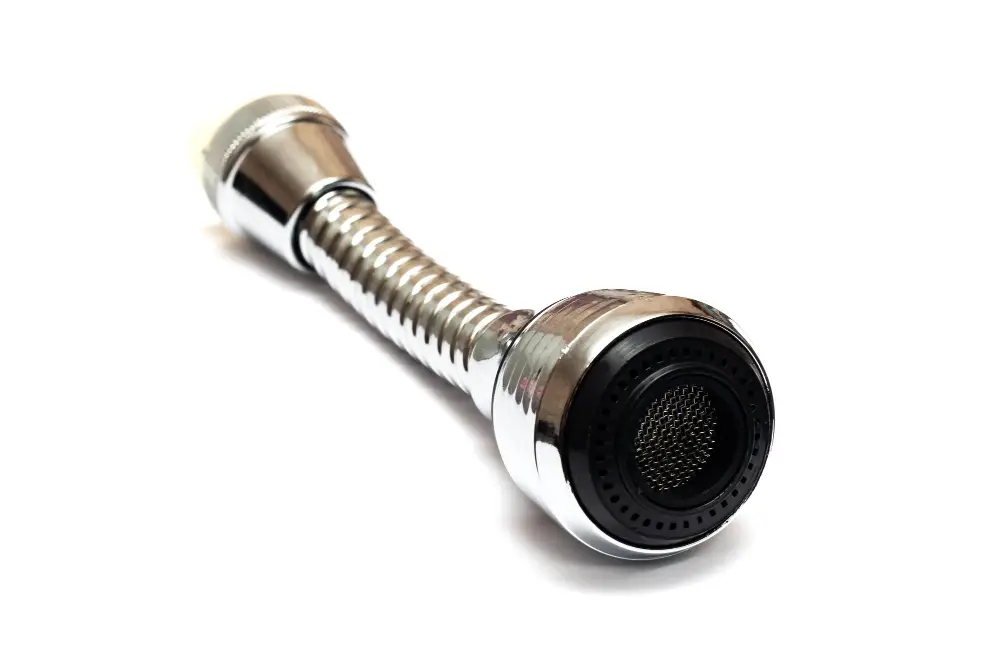
One of the most common causes of faucet whistling is high water pressure. To fix this issue, locate your home’s main water valve and turn it down slightly to reduce the pressure.
Another possible cause is an obstructed aerator. The aerator is located at the end of your faucet spout and can become clogged with mineral deposits or debris over time.
To clean it out, unscrew it from the spout using pliers or a wrench (be sure to protect your fixture by wrapping cloth around them first), then rinse off any buildup under running water.
If none of these solutions work for you, consider replacing worn-out washers or valves inside your plumbing fixtures as they may be causing vibrations that lead to whistle sounds.
Steps to Fix a Whistling Faucet
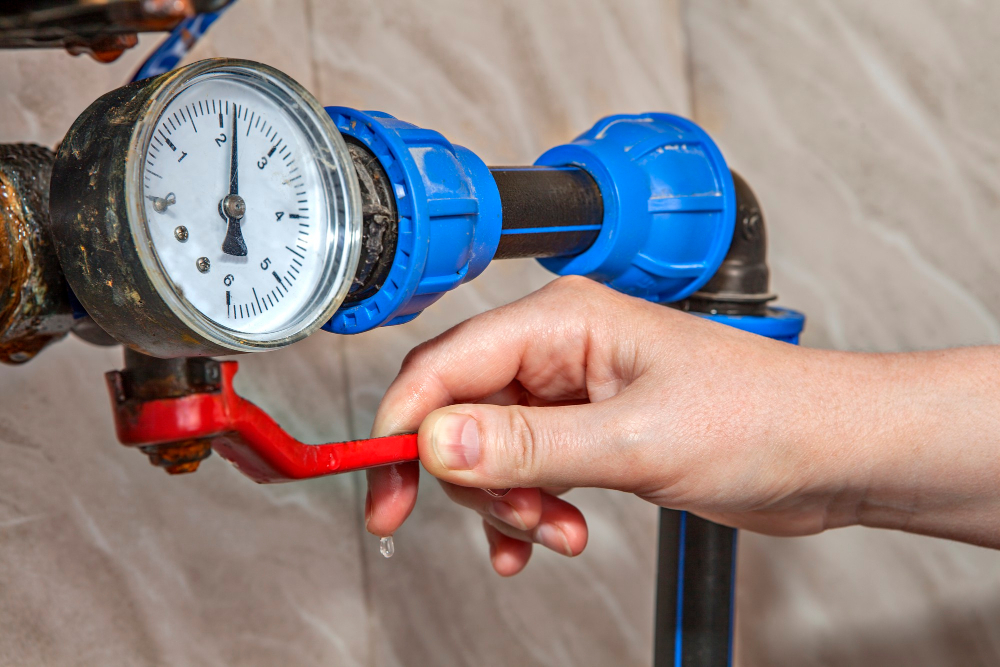
Here are some steps you can follow to get rid of that annoying sound coming from your kitchen faucet:
1. Turn off the water supply: Before attempting any repairs, make sure to turn off the water supply under your sink.
2. Disassemble and clean aerator: Remove the aerator from your faucet and clean it thoroughly with vinegar or a descaling solution.
3. Check for damaged washer or valve: Inspect both washers and valves for damage or wear-and-tear; replace them if necessary.
4. Adjust water pressure regulator valve: If high water pressure is causing whistling sounds in pipes throughout your home, adjust this valve accordingly.
5. Clear out pipe obstructions: Use an auger tool (or call in professional help) to clear out any clogs obstructing proper flow through pipes leading up to faucets.
Preventing Faucet Whistles
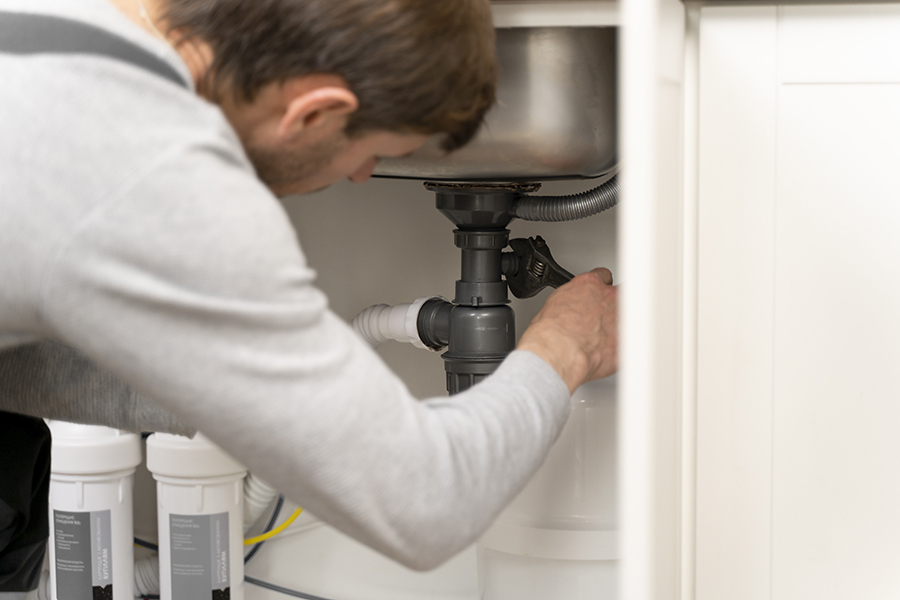
One of the easiest ways to prevent faucet whistles is by maintaining proper water pressure throughout your home. If you notice a drop in water pressure or hear strange noises coming from your pipes, call a professional plumber right away.
Another way to prevent faucet whistling is by regularly cleaning and inspecting your plumbing components. Over time, mineral buildup can accumulate inside faucets and aerators, causing them to malfunction and produce unwanted sounds.
Consider investing in high-quality plumbing fixtures that are designed for durability and longevity. Cheaper models may be more prone to developing issues like leaks or clogs over time.
Preventing Future Whistling Noises
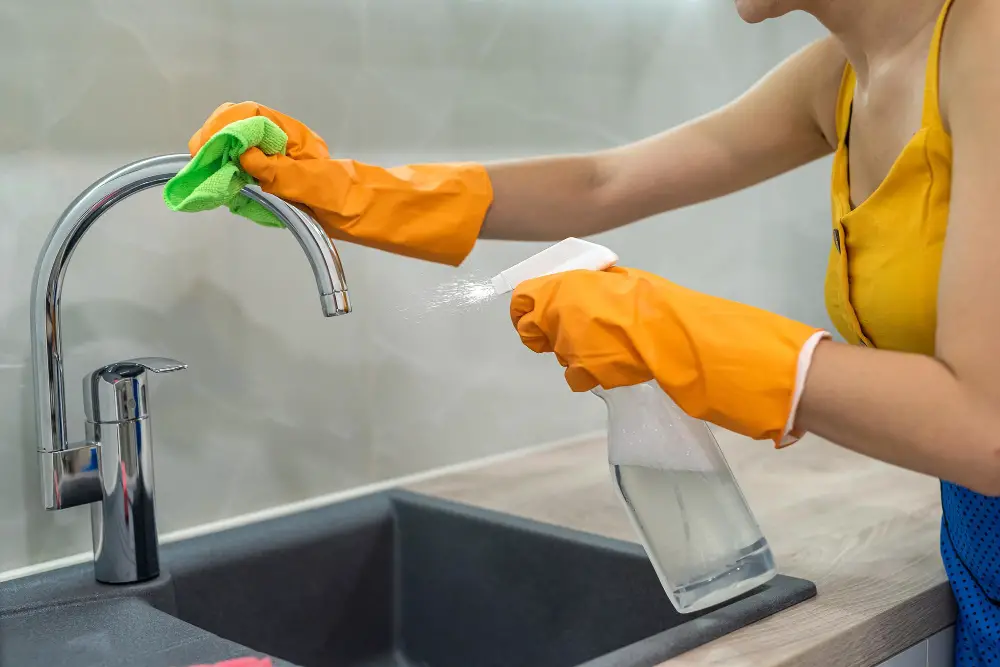
One of the most effective ways to do this is by maintaining consistent water pressure throughout your home. If you notice any sudden changes in water pressure or hear strange noises coming from your pipes, it’s best to call a professional plumber right away.
Another way to prevent future whistling noises is by regularly cleaning and maintaining your faucet aerator. Over time, mineral deposits can build up inside the aerator and cause blockages that lead to whistles or other sounds.
Be sure not to overtighten any plumbing components when installing new fixtures or making repairs. This can cause unnecessary stress on parts like washers and valves which may eventually lead them failing prematurely.
Choosing the Right Faucet
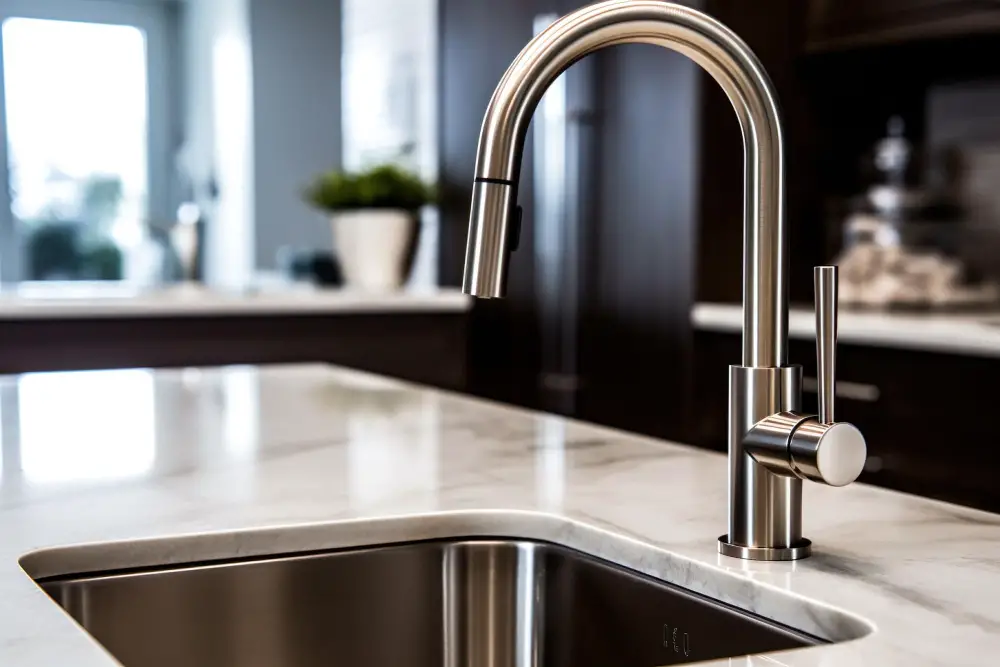
First and foremost, you’ll want to make sure that the faucet is compatible with your sink’s existing configuration. This means taking into account the number of holes in your sink and whether or not you need a deck plate.
Next, think about what type of finish will best complement your kitchen decor. Popular options include chrome, stainless steel, brushed nickel and oil-rubbed bronze.
You should also consider how much use your faucet will get on a daily basis when selecting its features such as spout height or reach for filling larger pots or pans easily.
Don’t forget about functionality – do you prefer single-handle faucets over double-handle ones? Do you want additional features like pull-out sprayers?
Professional Solutions
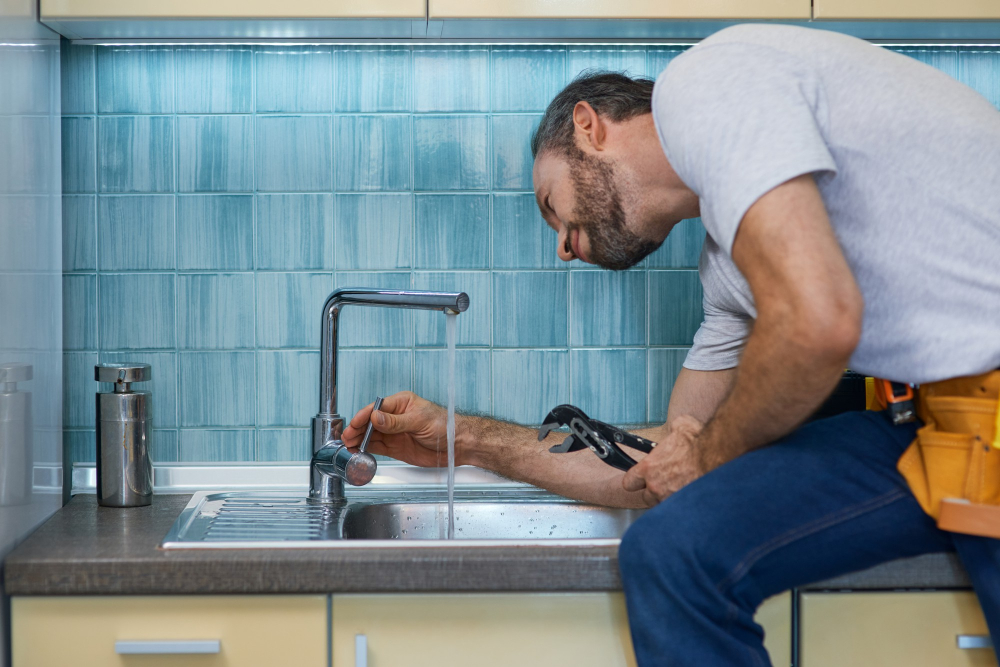
A licensed plumber will have the expertise and tools necessary to diagnose and fix more complex issues that could be causing your faucet to whistle.
One common cause of persistent faucet whistling is a faulty pressure regulator. This device controls water pressure throughout your home, but if it’s not functioning properly, it can cause high-pitched noises in faucets or other plumbing fixtures.
A professional plumber can inspect your pressure regulator and replace or repair any damaged components as needed.
Another potential culprit for stubborn faucet whistles is an issue with the main water supply line leading into your home. If there’s a blockage or damage somewhere along this line, it can create unusual sounds throughout your plumbing system – including at individual faucets like those in your kitchen sink.
In some cases, replacing an old or outdated kitchen faucet altogether may be necessary to eliminate persistent noise issues once and for all. A skilled plumber can help you choose a new model that fits both functionally with what you need from the fixture as well as aesthetically within its surroundings while also ensuring proper installation so that no further problems arise down-the-line.
When to Call a Professional Plumber
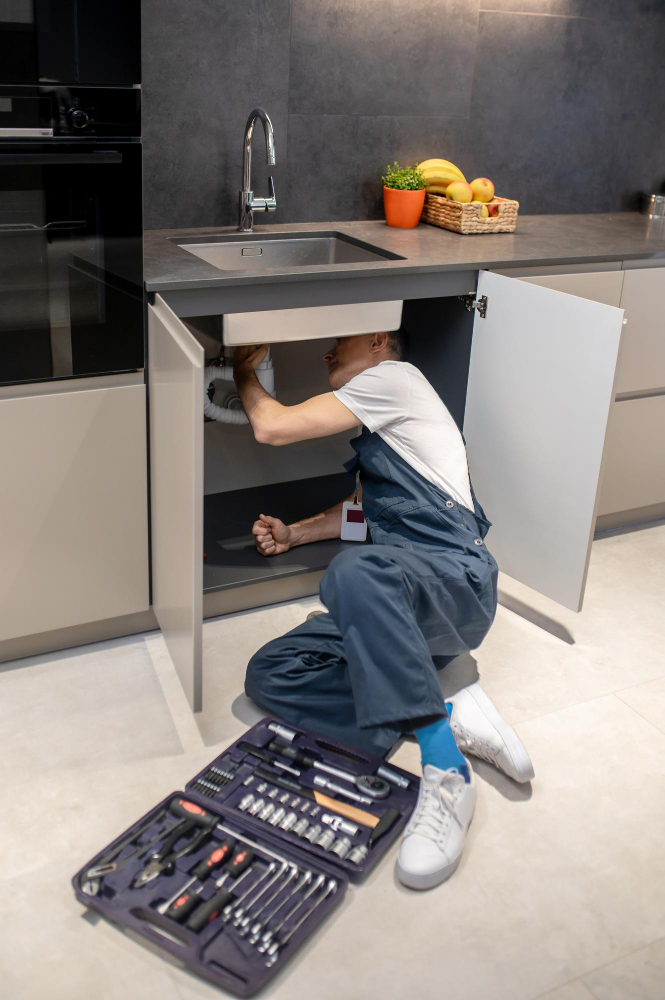
A licensed plumber has the expertise and tools necessary to diagnose and fix more complex plumbing issues that could be causing your faucet to whistle. If you’re not comfortable working with plumbing components or don’t have experience fixing faucets, it’s best to leave the job up to a professional.
Some signs that indicate it’s time for a pro include low water pressure throughout your home or other fixtures making strange noises when in use. These symptoms can point towards larger problems within your home’s plumbing system that require specialized knowledge and equipment.
When choosing a plumber, make sure they are licensed and insured. You can also ask for references from friends or family members who have had similar work done recently.
Remember: while hiring a professional may cost more upfront than attempting repairs yourself, doing so will save you money in the long run by preventing further damage caused by improper repairs.
How Do You Fix A Whistling Kitchen Faucet?

The first step is to identify the cause of the whistle. As we’ve discussed earlier, it could be due to water pressure issues, faulty plumbing components or an aerator problem.
Once you have identified what’s causing your faucet to whistle, here are some quick DIY fixes that may help:
- Clean or replace your aerator: If your aerator is clogged with debris or mineral buildup, it can cause a whistling sound when water flows through it. Remove and clean the aerator thoroughly using vinegar and warm water before reinstalling.
- Adjust Water Pressure: High water pressure can also lead to a noisy faucet; try adjusting your home’s main shut-off valve slightly until you find an optimal flow rate.
- Replace Damaged Washers/Valves: A damaged washer in either hot/cold valves will result in poor sealing leading up-to high-pitched noise while running tap/faucet.
These simple solutions should help alleviate any annoying sounds coming from your kitchen sink area without having to call for professional assistance. However if these methods don’t work out then calling for professional plumber would be best option as they have experience handling such problems on daily basis which makes them more efficient at resolving such issues quickly and effectively.
FAQ
How do you fix a whistling faucet?
To fix a whistling faucet, remove the stem and coat both sets of threads with petroleum jelly to lubricate and reduce noise, while replacing worn stem or faucet body threads if necessary.
Why does my faucet make a high pitched noise?
Your faucet makes a high-pitched noise due to excessive water pressure or flow speed, which can be fixed by lowering the water pressure to an appropriate level.
Why did my faucet start whistling?
Your faucet started whistling due to water being forced through a smaller opening than intended, resulting from wear, tear, or mineral build-up in the plumbing parts.
Why is my kitchen tap making a screeching sound?
Your kitchen tap is making a screeching sound due to a faulty stem, which faces too much resistance against the faucet’s threads when turning the tap on or off.
What are the common causes of a kitchen faucet producing a whistling sound?
The common causes of a kitchen faucet producing a whistling sound include debris in the aerator, worn-out components, and high water pressure.
Can a faulty water pressure regulator contribute to a whistling faucet?
Yes, a faulty water pressure regulator can contribute to a whistling faucet.
How can I determine if the whistle is coming from the faucet or the pipes connected to it?
To determine if the whistle is coming from the faucet or the pipes connected to it, try turning the faucet on and off, listening carefully for the source of the whistle.
